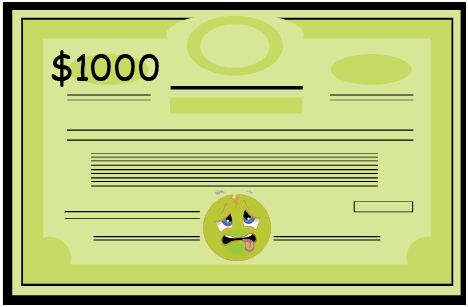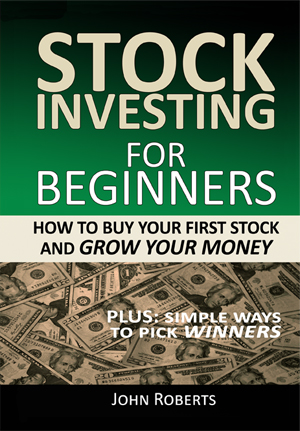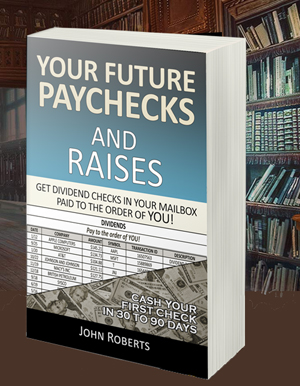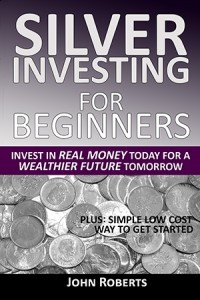Why Bond Investments Seem So Confusing
Investing in bonds today could be hazardous to your financial health. Unfortunately, many people are doing just that.
People are literally moving billions of dollars out of their stock and stock mutual funds into bonds and bond mutual funds.
They are doing this because bonds give them a false sense of safety. And they are doing it because they really don’t understand bonds.
Both of these thoughts are a recipe for disaster, i.e. the false sense of safety and lack of understanding.
This post is one in a series on bonds to help you overcome this drawback. Now there is nothing wrong with bonds, used in the right way and the right time. But first you must understand them.
So why the confusion over bonds? I can tell you in two simple sentences.
- People usually think of investments by their price
- People think the price of bonds won’t change
So let’s talk about price. People are used to stocks. And stocks are almost always discussed in price terms, i.e. I bought Microsoft for $30 a share and now it is $32 a share. See what I mean. We are talking price. So we are all used to discussions of price.
But all the financial data typically talks about bonds by their yield. And this is where much of the confusion comes in.
So let’s take an example of a stock and a bond. We’ll call them Stock-A and Bond-A. And I’m going to use some ridiculous numbers to keep the math easy – so keep that in mind.
So let’s take Stock-A. Stock-A goes for $1000 a share. Stock-A pays a $500 a year dividend. So the yield of stock-A is 50%, right?
Now what if the value of Stock-A drops to $500 a share. If you owned Stock-A that hurt a bit – ouch. You just lost $500.
But if you were looking to buy Stock-A, that’s a great opportunity. Because now Stock-A costs $500 and pays a dividend of $500. That’s a 100% yield, right? Much better, I would say. Time to back up the truck.
Now let’s do the same thing with bonds. And you’ll see it works the same way.
So Bond-A costs $1000. Bond-A pays $500 in interest every year. So the yield of Bond-A is 50%, right?
Now what if the value of Bond-A drops to $500? If you owned Bond-A that hurt a bit – ouch. You just lost $500. Note that this is the situation bond buyers are currently setting themselves up for – look out.
But if you are looking to buy Bond-A, that’s a great opportunity. Because now Bond-A costs $500 and pays interest of $500. That’s a 100% yield, right? Much better, I would say. Time to back up the truck. Note we are not in this situation so actually I’d leave the truck at home.
But see what I did? I used EXACTLY the same sentences and numbers to describe two different kinds of investments – stocks and bonds. And it makes sense when you do this.
But the confusion comes in because the financial news you hear typically speaks to bonds and their yields, but stocks and their price.
We’ll discuss the second confusion – that bond prices don’t change – in a future post. And there are differences between the two investments — more on that later as well.
But for now, just remember that both investments, stocks and bonds, have a price and a yield.
To your health and prosperity – John




